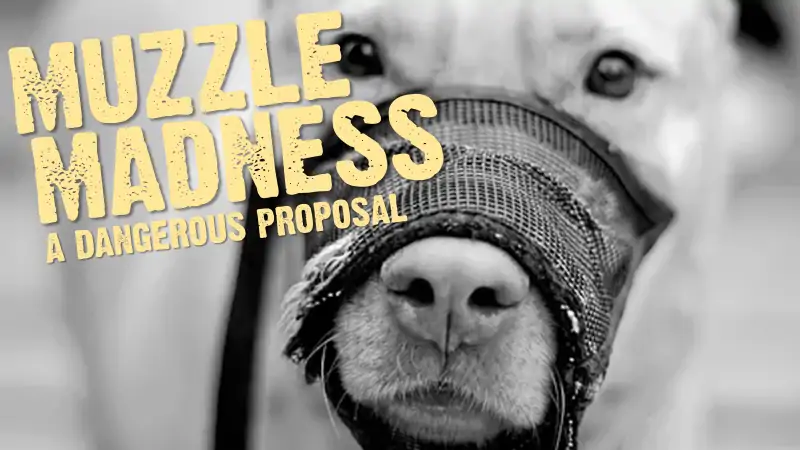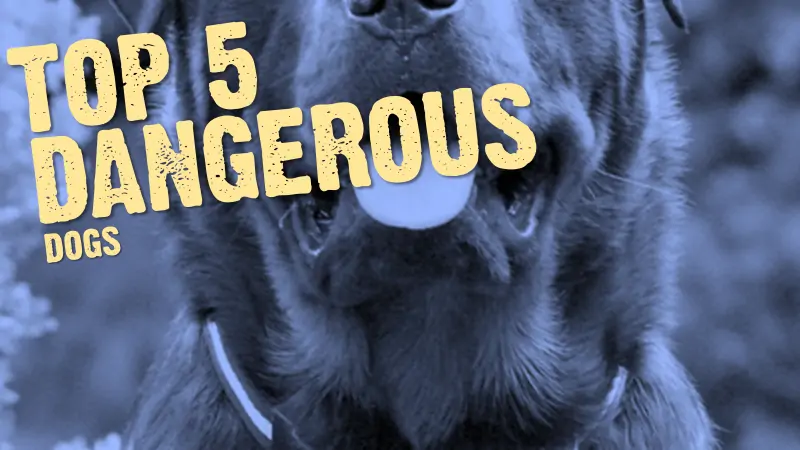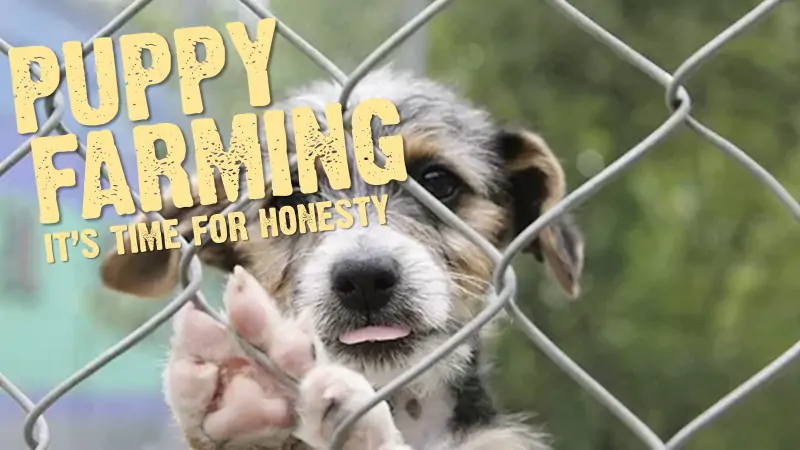There is a significant difference between humans and dogs in their need for carbohydrates and in their ability to digest them. The digestive tract of a human is longer than that of a dog, and the formation of jaws and teeth is entirely different. A dog’s digestion starts in the stomach. Dogs’ teeth – all 42 of them – are built to tear flesh apart. Dogs gulp their food as fast as they can, which then reaches the stomach with no digestion having taken place.
Human digestion starts in the mouth. A human chews food with 32 teeth, which have flat surfaces for grinding and breaking down food. Enzymes contained in the saliva contribute to this breakdown of the food, which is being digested before it reaches the stomach.

![]() photo credit: deovolenti
photo credit: deovolenti
Carbohydrates come in two forms, simple and complex. Simple carbohydrates come from grains such as wheat, corn, rice, oats, soy and millet.
They break down into starches and sugar when properly cooked. Complex carbohydrates come in the form of various fibres such as brans, hulls and peanut shells from the outside of plants. A small amount is needed for proper digestion and stool formation. Nutrients are obtained from both sources, but most come from simple carbohydrates.
If carbohydrates are a major part of your dog’s diet, the time and energy needed for digestion increase, the dog performs less well, large amounts of stool are produced, and a protein deficiency disease may develop. Dogs have evolved as meat eaters and although they need some grains, their health and longevity will be better served on a diet containing more animal protein than protein from grains.
Think about the origin of the dog.
It is unrecorded in history that wolves lit fires and cooked grains picked in fields! But there were whole carcasses available that contained everything needed for wolves to survive, including predigested vegetable matter in the intestinal tracts of their prey.
The reason the majority of dry dog foods contain such large amounts of cereal grains is that grains are a cheap source of nutrients. According to the NRC guidelines, “Carbohydrates provide an economical source of energy in the diet of dogs.”
In some cases, some dogs don’t want to eat because of their environment. One of my dogs for example, eats less if he has to stoop for the bowl – a raised dog bowl solved his problem. In other cases, your dog might just know best and by refusing to eat he’s doing all he can to tell you this.
Allergic reactions to grains are common in dogs. The best diet for your dog matches that fed in the breed’s country of origin as the breed developed. Each dog is an individual, and if yours refuses to eat his food, check the grains listed on the package. It could be your dog is allergic to one of the grains in their food which is why they don’t want to eat.
Enter your email and never miss out on receiving our best articles:







2 comments
Love the blueberry muffin video, but I have a question. In the video, she used one egg and the written recipe says two. Which is better? Also, how many muffins does it make?
Thanks!
A new (and pleased) subscriber
I am in South Africa and don not know if I qualify for any of your offers. I hope so